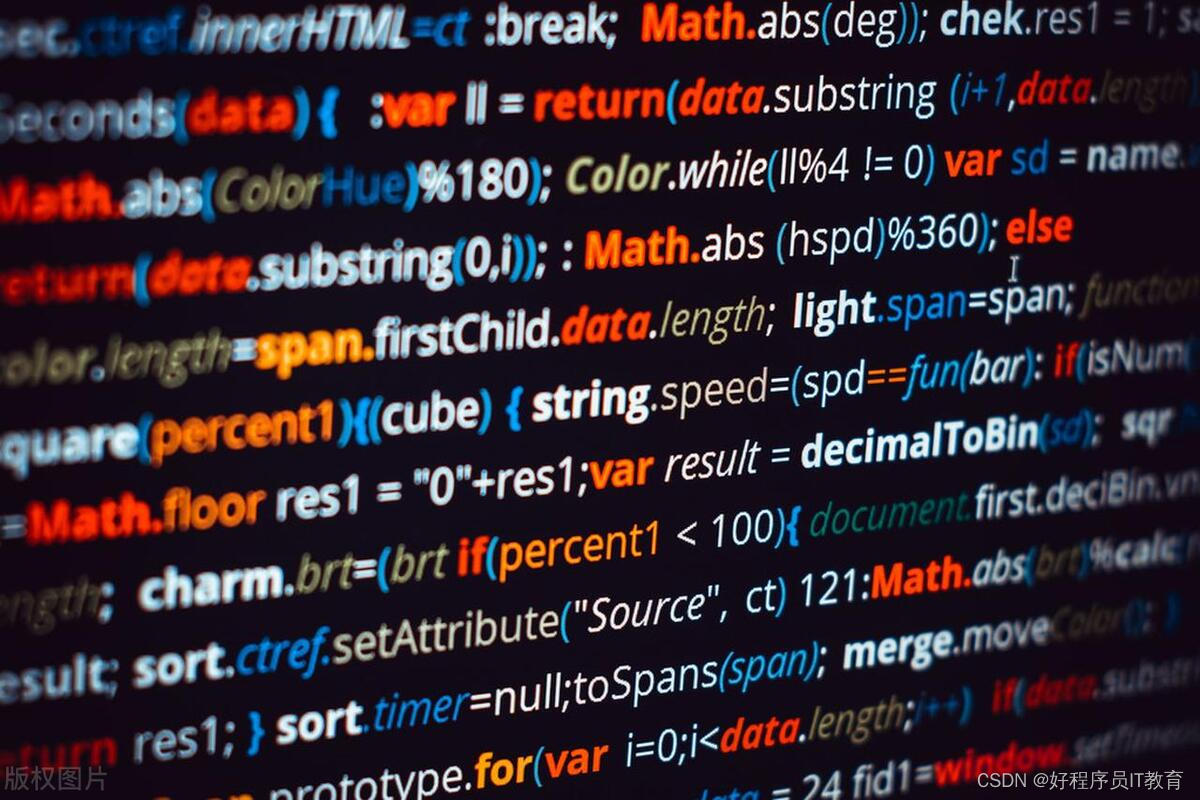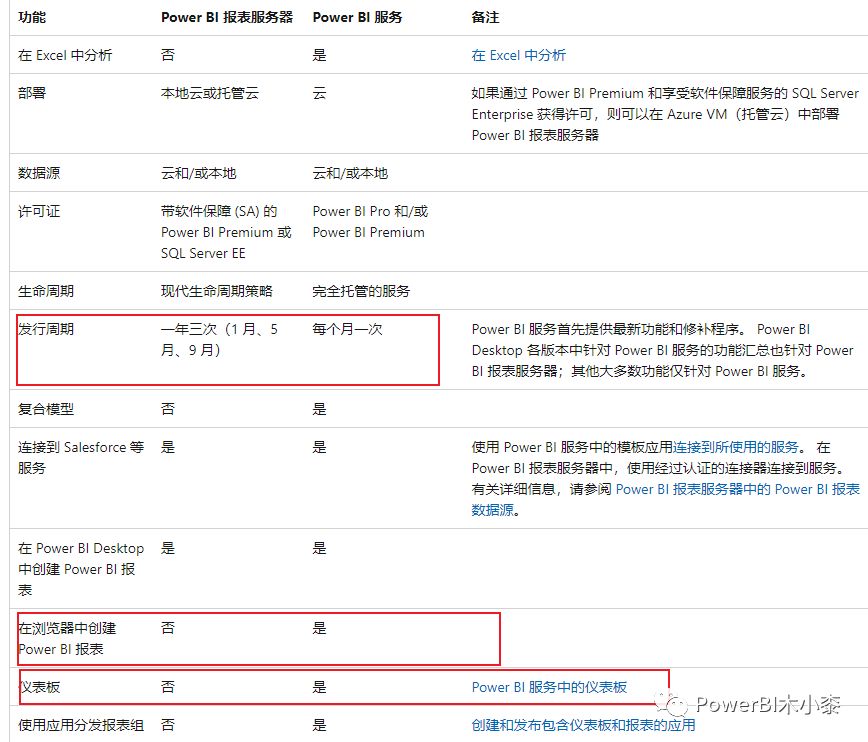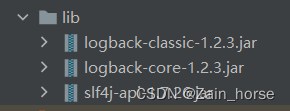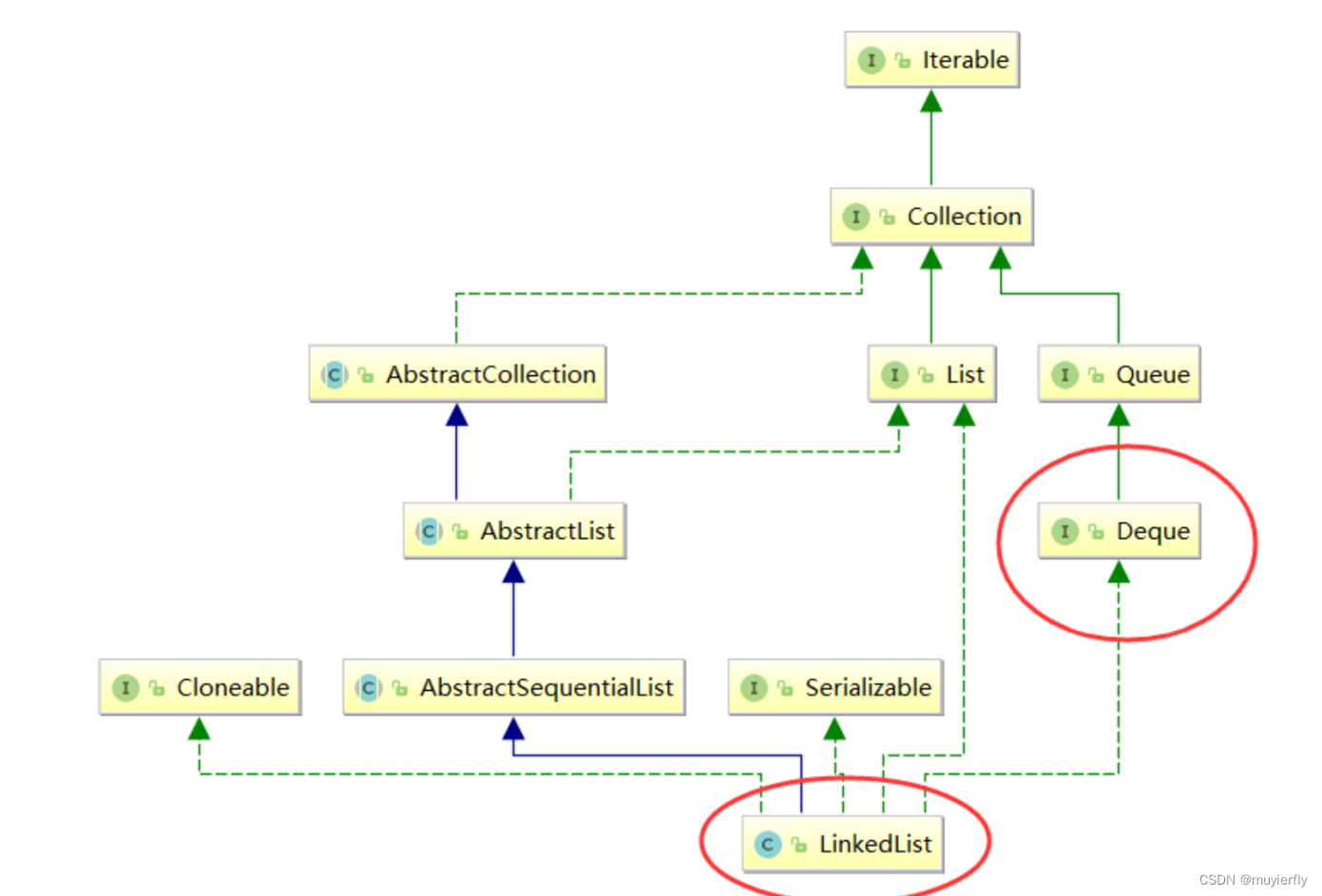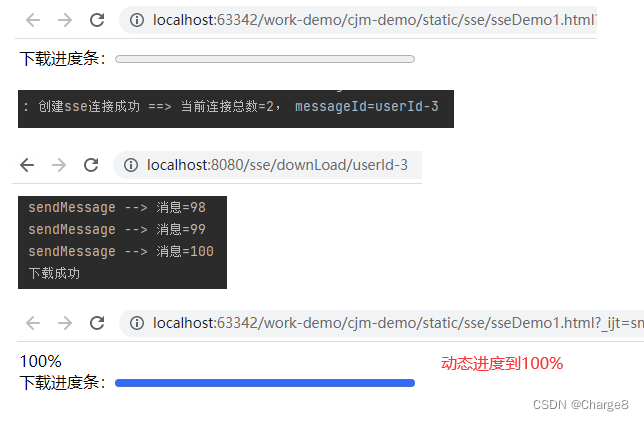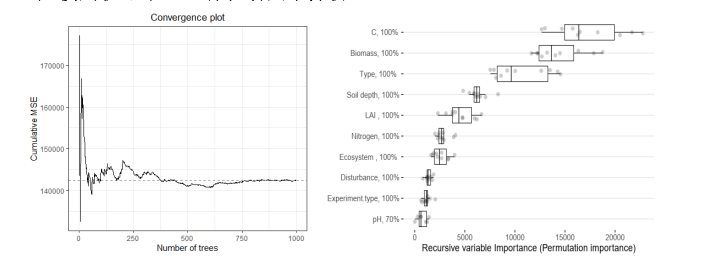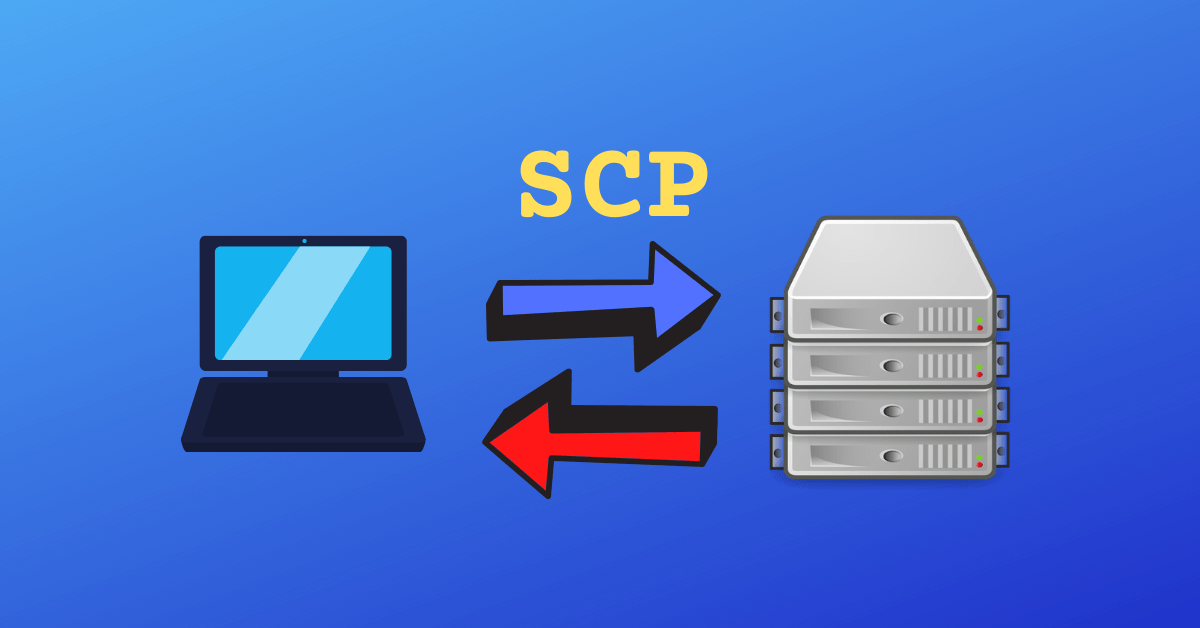| 字符串[下标] | 根据下标索引取出特定位置字符 |
| 字符串.index(字符串) | 查找给定字符的第一个匹配项的下标 |
| 字符串.replace(字符串1,字符串2) | 将字符串内的全部字符串1,替换为字符串2 不会修改原字符串,而是得到一个新的 |
| 字符串.split(字符串) | 按照给定字符串,对字符串进行分隔不会修改原字符串, 而是得到一个新的列表 |
| 字符串.strip() 字符串.strip(字符串) | 移除首尾的空格和换行符或指定字符串 |
| 字符串.count(字符串) | 统计字符串内某字符串的出现次数 |
| len(字符串) | 统计字符串的字符个数 |
下标
test1 = 'hello world'
字符串'hello wrold'
h的下标为 0 e下标为1 依次类推 空格也是有下标的
反过来的话 d为-1 l为-2
通过下标输出字符串
test1 = 'hello world'
print(test1[0]) # 输出hindex
test1 = 'hello world'
print(test1.index("w")) # 6
# 或者
index_1 = test1.index("d")
print(index_1) # 10replace
test1 = 'hello world'
test2 = test1.replace('l','a')
print(test2) # heaao woradsplit
test1 = 'hello world'
test1_list = test1.split(" ") # 通过 空格将其中的 字符串分割成列表
print(test1_list) # ['hello', 'world']
print(test1_list[1]) # worldstrip
test1 = ' hello world '
print(test1) # 现在可以看到两侧有空格 ' hello world '
test2= test1.strip()
print(test2) # hello world 经过处理 不仅空格会没 如果带有换行等 都会被去除
test3 = test2.strip("d") # 去除两侧的d
print(test3) # hello worl
count
test1 = ' hello world '
test2= test1.count("l") # 统计l出现的次数
print(test2) # 3len
test1 = ' hello world '
print(len(test1)) # 13遍历
test1 = ' hello world '
for a in test1:
print(a) 
如果不想让他换行
test1 = ' hello world '
for a in test1:
print(a,end="")
![[高光谱]使用PyTorch的dataloader加载高光谱数据](https://img-blog.csdnimg.cn/1dd84feb013b4e9cafc4ae3bc2379412.png)

